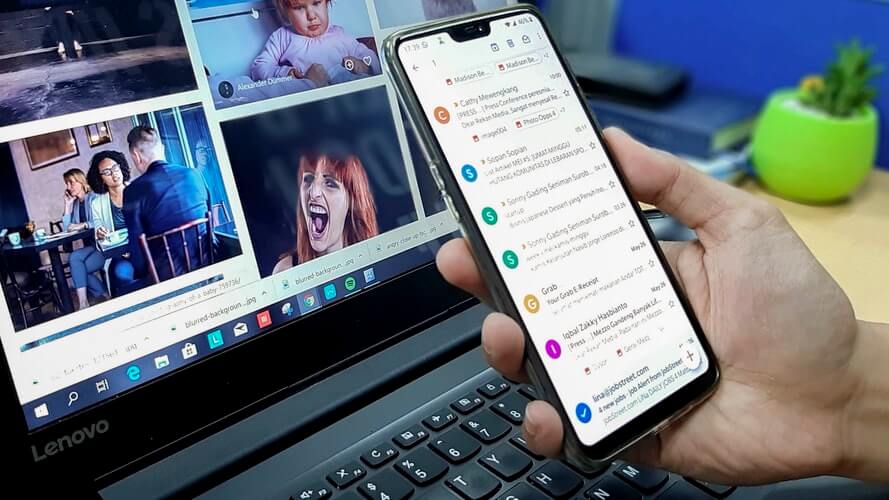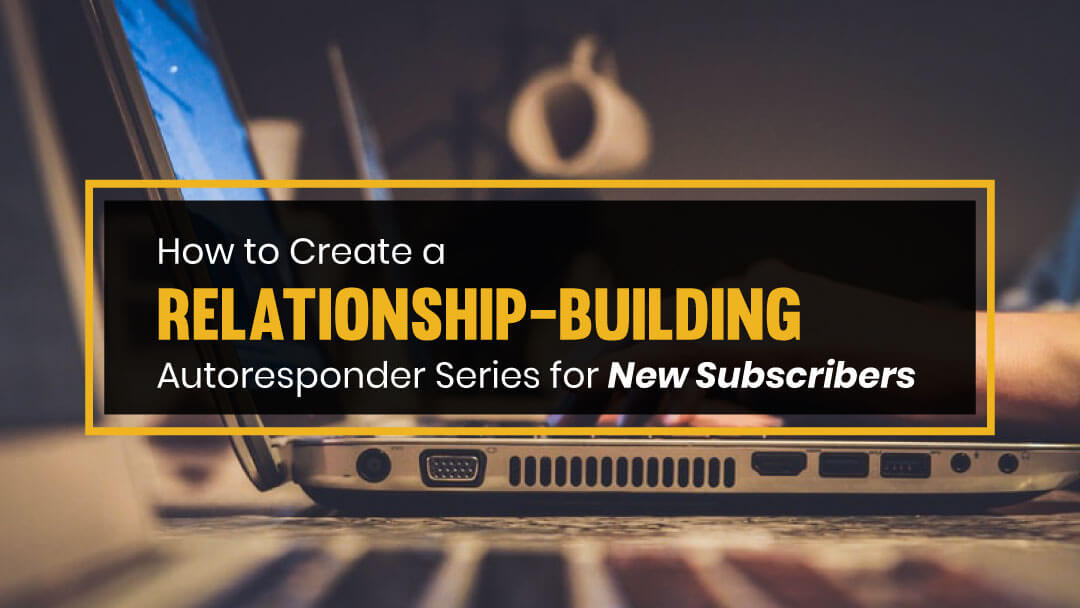Email marketing is one of those topics that keeps coming up – and for good reason. Email is still one of the most cost-effective ways to connect with your customers, nurture leads, and build your business.
Arguably the most important time to engage with subscribers is when they’re new. By subscribing to your list, they’ve indicated a serious interest in your company and what you have to offer. It’s the ideal time to start building a relationship with them.
That means you’ve got to create an autoresponder series that will grab your subscribers’ attention and give them what they need to take the next step – paying you! Here’s what you need to know.
How Long Should Your Autoresponder Series Be?
Autoresponder series can have as few as two emails and as many as 100. There’s no one magic number that works for every business.
The best way to figure out how many emails to put in your relationship-building sequence is to start by looking at the most common buyer objections. What prevents people from taking the next step? Here are some examples:
- Your company is new and doesn’t have the same brand recognition as your competitors.
- Your products or services are unique, and people may not understand what they’re buying.
- Your prices are high (or perceived to be high) and customers may need justification for them.
- The solution you’re offering is unconventional or unexpected and people aren’t yet comfortable with it.
The (probably annoying) answer to how long your email sequence should be is “long enough.” It needs to give your subscribers the information they need to move to the next step. That may mean introducing yourself and your brand first before you offer details about your products. It may mean educating them about your unique or unconventional approach.
I recommend a minimum of 5 emails for your welcome sequence. That said, I know some companies who have introductory sequences that are 30 or 50 emails long.
What Are the Elements of an Effective Autoresponder Series?
Just as there’s no magic involved in choosing the length of your autoresponder series, there’s no one answer to how your autoresponder series should look. There are, however, certain elements that all effective autoresponders have in common.
- A killer subject line. People need a good reason to open your email. Even though email open rates have remained consistently high over time, it’s still a good idea to have a compelling headline. Some of the best headlines ask a question or offer a provocative statement.
- A personalized greeting. While some marketers don’t personalize emails, most understand that a bit of personalization – and it can be as simple as starting your email with “Hi FirstName” – is something people like and appreciate.
- Relevant and actionable information. Your subscribers may have arrived at your site for a variety of reasons. Some may have subscribed to get your lead magnet. Others may simply want to learn about your company. Either way, your email topics should be highly relevant to your subscribers and offer useful information. It’s the best way to demonstrate your authority and build trust with your readers.
- A compelling call to action. Every autoresponder you send must have a call to action – and you may want to include more than one. Some people put a call to action above the fold, so that readers see it as soon as they open an email. Others prefer to place the CTA at the end. And some put it in multiple locations throughout the email, including in the post-script.
- Something special. I know saying that your emails need something special isn’t enlightening but let me explain what I mean. Your emails must be readable, entertaining, and compelling. You’ve got to find ways to keep people reading.
In an email sequence, here are some pointers for keeping people reading – and looking forward to your next email:
- Create a soap opera sequence that builds suspense and makes people eager to find out what happens next.
- Use a ‘PS’ at the end of one email to tease what’s coming in the next email.
- Include special offers at the end of your email (and mention the offer at the beginning)
- Talk directly to the reader using a conversational tone
- Include humor in your emails
Here again, there’s no one “correct” answer. Your email sequence should be written to appeal to your target audience and address their most pressing needs and concerns.

Tips for Writing an Effective Autoresponder Series
The way your autoresponders are written will make a big difference in how people respond to them. Here are some pointers to help you.
- Use a consistent tone. The tone of your emails should echo the tone you use on your website, blog, and social media pages. Consistency tells people what to expect and makes people comfortable with you and your brand.
- Use proper spelling and grammar. There’s some wiggle room – depending on what your brand is, you may be able to get away with using slang and even profanity, but it’s got to fit with the image you want to project.
- Include plenty of white space. Nobody’s going to read an email if they open it and see an impenetrable block of text. Break up your writing into short paragraphs, add images, and make your emails as easy to read as possible.
- Emphasize what’s important. While it might seem cheesy to use bold or italicized fonts liberally, it’s a great way to make sure that people don’t miss the important stuff in your emails. There’s nothing wrong with using some strategic formatting to make your point.
- Create an email course that teaches your subscribers something they want to know.
- Add some drama. Even if you’re not writing a soap opera sequence, you should still try to make your emails entertaining. Tell stories, make jokes, and do everything you can to engage your readers.
There’s no reason your emails can’t be something that your subscribers look forward to receiving.
Timing Your Emails
The final step is deciding when to send each email in your sequence. There’s more than one way to do it. Let’s start with the obvious. If your opt-in form tells people they’re subscribing to a weekly newsletter, you should confine your emails to once a week.
Even if you didn’t specify email frequency in your form, you should still be careful not to overdo it. I generally recommending sending one email every two to three days unless I’m doing a countdown sequence to a product launch or promoting a time-sensitive offer. In those cases, sending one daily email can be very effective.
The key is not to bombard your subscribers with unwanted emails. Your autoresponder sequence’s goal is to build a relationship, not frighten subscribers away. If you follow the steps I’ve outlined here, you should end up with a compelling sequence that turns your subscribers into loyal customers.
Do you want to convert more subscribers into customers with a compelling autoresponder series, that’s written exclusively for your business? WE CAN HELP! Contact us today to learn more!

